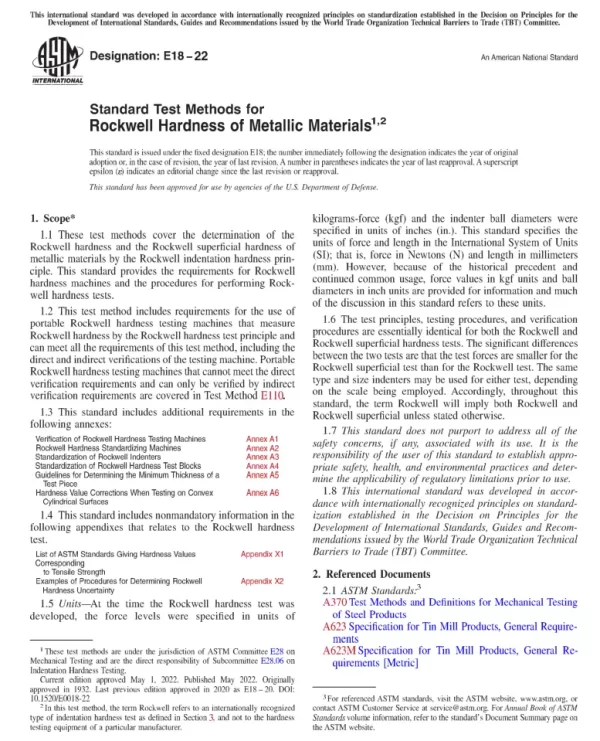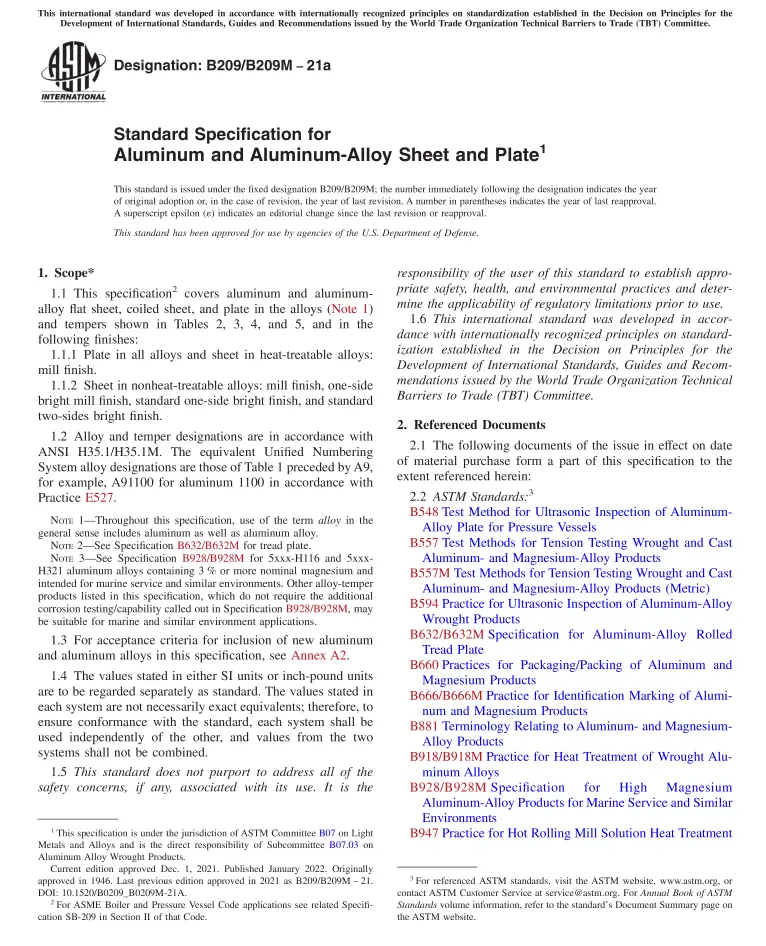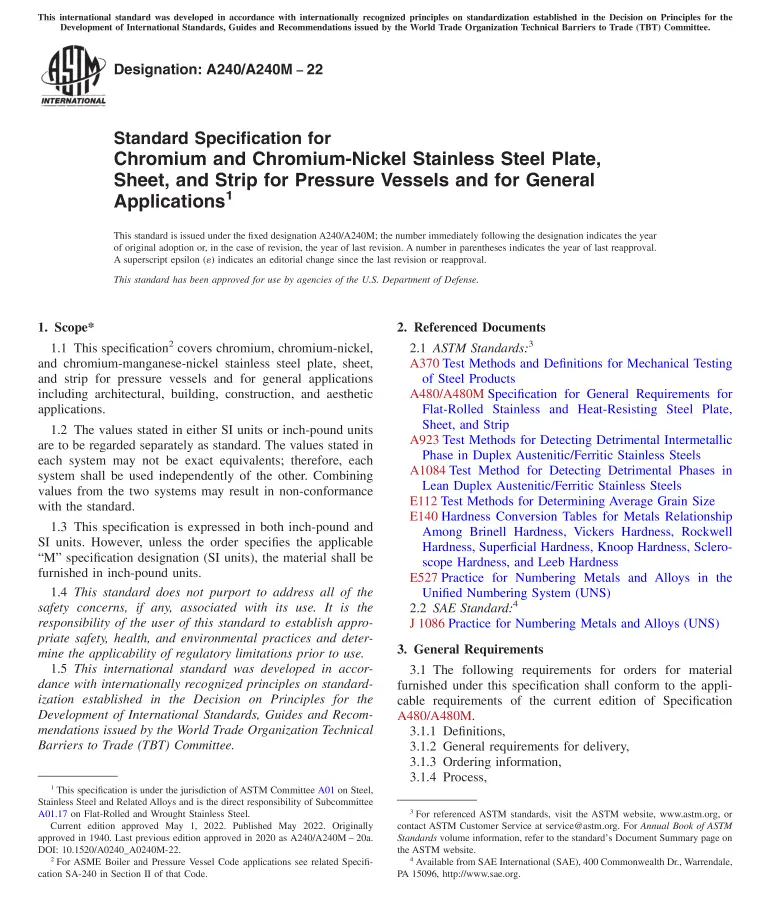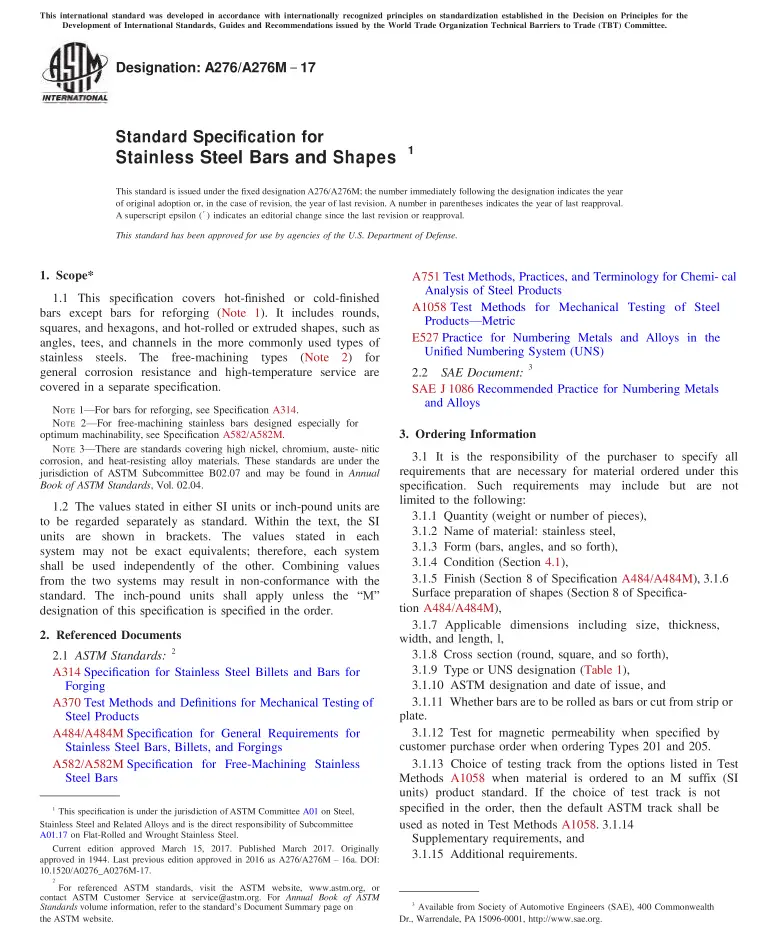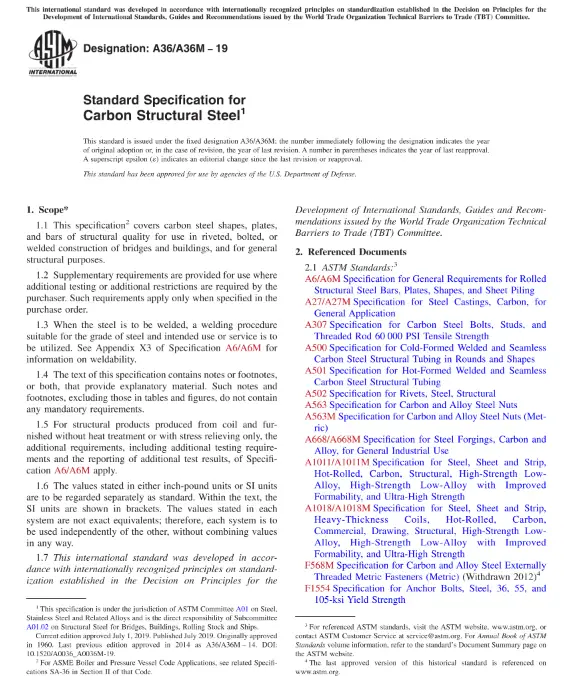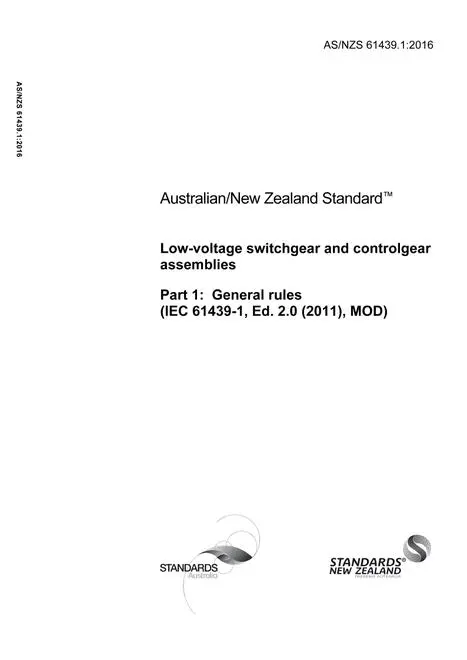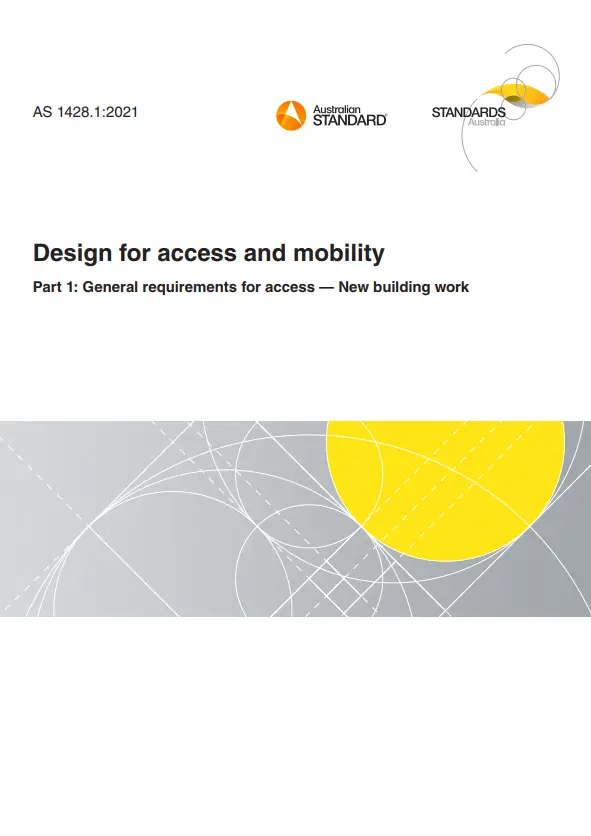ASTM E18, 2022 Edition, May 1, 2022 – Standard Test Methods for Rockwell Hardness of Metallic Materials
Significance and Use
4.1 The Rockwell hardness test is an empirical indentation hardness test that can provide useful information about metallic materials. This information may correlate to tensile strength, wear resistance, ductility, and other physical characteristics of metallic materials, and may be useful in quality control and selection of materials.
4.2 Rockwell hardness tests are considered satisfactory for acceptance testing of commercial shipments, and have been used extensively in industry for this purpose.
4.3 Rockwell hardness testing at a specific location on a part may not represent the physical characteristics of the whole part or end product.
4.4 Adherence to this standard test method provides traceability to national Rockwell hardness standards except as stated otherwise.
Scope
1.1 These test methods cover the determination of the Rockwell hardness and the Rockwell superficial hardness of metallic materials by the Rockwell indentation hardness principle. This standard provides the requirements for Rockwell hardness machines and the procedures for performing Rockwell hardness tests.
1.2 This test method includes requirements for the use of portable Rockwell hardness testing machines that measure Rockwell hardness by the Rockwell hardness test principle and can meet all the requirements of this test method, including the direct and indirect verifications of the testing machine. Portable Rockwell hardness testing machines that cannot meet the direct verification requirements and can only be verified by indirect verification requirements are covered in Test Method E110.
1.3 This standard includes additional requirements in the following annexes:
Verification of Rockwell Hardness Testing Machines
Annex A1
Rockwell Hardness Standardizing Machines
Annex A2
Standardization of Rockwell Indenters
Annex A3
Standardization of Rockwell Hardness Test Blocks
Annex A4
Guidelines for Determining the Minimum Thickness of a
Test Piece
Annex A5
Hardness Value Corrections When Testing on Convex
Cylindrical Surfaces
Annex A6
1.4 This standard includes nonmandatory information in the following appendixes that relates to the Rockwell hardness test.
List of ASTM Standards Giving Hardness Values Corresponding
to Tensile Strength
Appendix X1
Examples of Procedures for Determining Rockwell
Hardness Uncertainty
Appendix X2
1.5 Units—At the time the Rockwell hardness test was developed, the force levels were specified in units of kilograms-force (kgf) and the indenter ball diameters were specified in units of inches (in.). This standard specifies the units of force and length in the International System of Units (SI); that is, force in Newtons (N) and length in millimeters (mm). However, because of the historical precedent and continued common usage, force values in kgf units and ball diameters in inch units are provided for information and much of the discussion in this standard refers to these units.
1.6 The test principles, testing procedures, and verification procedures are essentially identical for both the Rockwell and Rockwell superficial hardness tests. The significant differences between the two tests are that the test forces are smaller for the Rockwell superficial test than for the Rockwell test. The same type and size indenters may be used for either test, depending on the scale being employed. Accordingly, throughout this standard, the term Rockwell will imply both Rockwell and Rockwell superficial unless stated otherwise.
1.7 This standard does not purport to address all of the safety concerns, if any, associated with its use. It is the responsibility of the user of this standard to establish appropriate safety, health, and environmental practices and determine the applicability of regulatory limitations prior to use.
1.8 This international standard was developed in accordance with internationally recognized principles on standardization established in the Decision on Principles for the Development of International Standards, Guides and Recommendations issued by the World Trade Organization Technical Barriers to Trade (TBT) Committee.
General Product Information:
| Revision | 2022 Edition |
| Document Type | |
| Document Language | English |
| Pages | 39 |
| Publisher | ASTM International (ASTM) |
| Status | Current |

